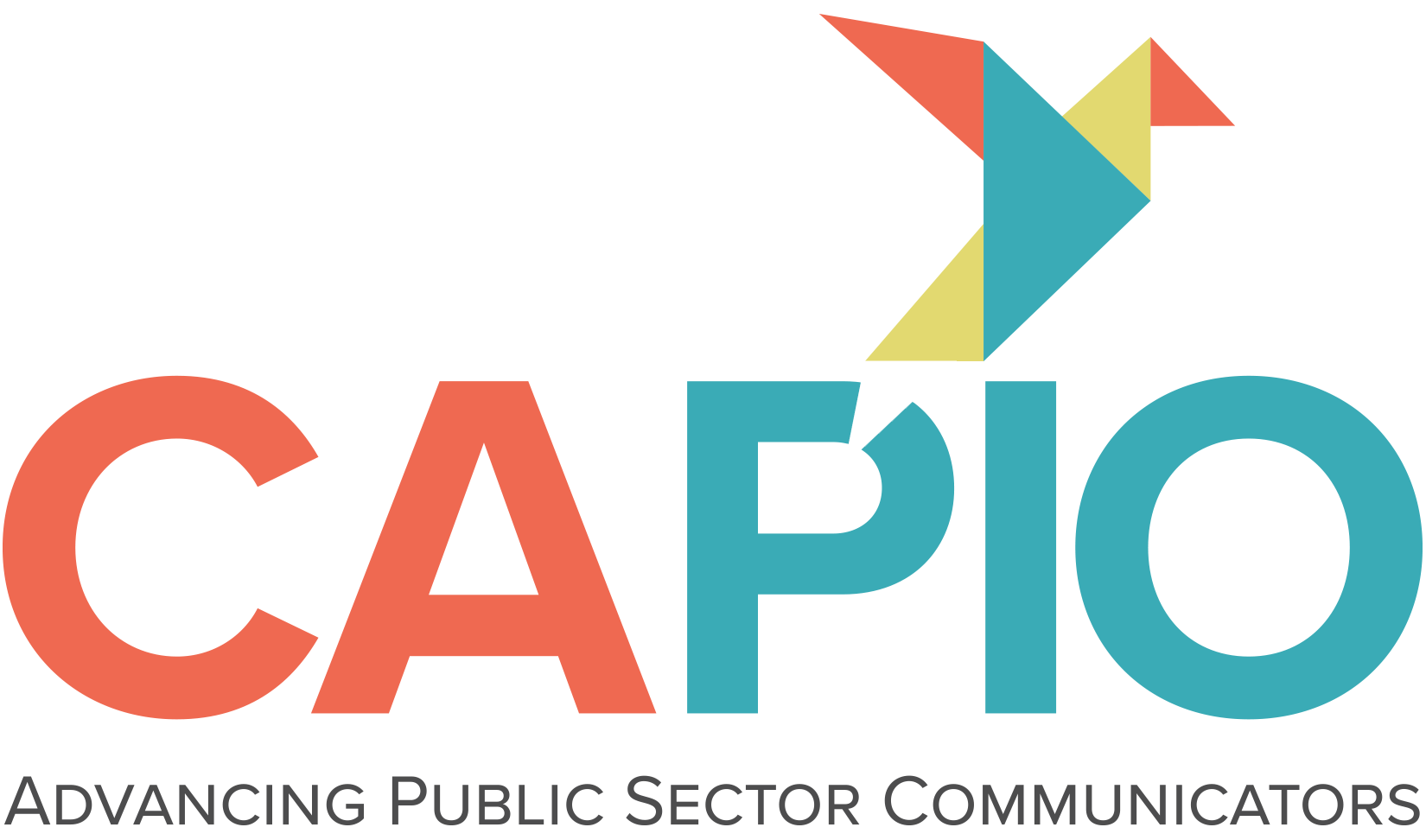Effective Brand Management: The Journey Beyond Logo Development
By Mirinda Glick, Document Solutions Manager, County of Placer
Creating a logo is the first step in the intricate brand management process. A successful brand encompasses what an organization represents, integrating tangible and intangible elements to lend depth and context to its logo. This comprehensive approach elevates the logo from an essential graphic element to a potent symbol of the organization’s identity and values. Brand management is about building on this narrative and connecting with your audience.
While we’d love our newly minted logo to be significant right out of the box, a brandmark gains its full potential with supportive imagery, tone, personality, and messaging. These elements are the pillars that define a brand’s reputation and how the public perceives it. DeDe Cordell, Communications Manager for Yuba Water Agency, points out that even something seemingly simple as the organization’s name can significantly impact brand perception. “Getting employees and others to stop referring to us as an acronym has been challenging. Acronyms don’t tell you anything about who we are or what we do.”
Consistency in these aspects is vital. Your role extends beyond logo implementation; it requires actively safeguarding the brand’s integrity, trademark, and overall image.
The Art of Brand Defense
Every communication professional should see themselves as an active defender and ambassador of their brand. Every representation of the brand, both internally and externally, must align with the established branding guidelines.
Regular conversations with team members and external partners are essential to ensure everyone utilizes the brand correctly. This responsibility includes correcting deviations from published guidelines and protecting the trademark from infringement. If you don’t make a good-faith effort to protect your trademark, especially within your organization, it will be harder to defend it in court.
Moreover, empowering staff with the necessary tools is vital to preserving brand integrity. Quick reference sheets, branded templates, and example files are invaluable resources for content creators. These tools serve as a valuable reminder of the brand’s visual and communicative standards, making it easier for everyone to efficiently produce branded materials. Beyond just providing these resources, it’s essential to cultivate an environment where adherence to brand guidelines is a shared responsibility. Regular training sessions, workshops, and discussions about the organization’s core values and visual identity can foster a deeper understanding and appreciation for the brand among all staff members. This collective effort strengthens the brand internally and ensures a consistent and powerful representation to constituents.
Navigating New Logo Requests
Numerous requests for unique logos typically follow the launch of a new brand. Staff see how professionally branded materials can impact perception, and they want a personalized version to help elevate their specific project. Introducing a new logo should be approached cautiously, as it can significantly impact the organization’s core brand. When you receive these requests, considerations should include alignment with organizational goals, the need for unique distinction, the potential for brand confusion, and the program’s alignment with the brand’s overall identity. Working within the existing brand guidelines to design a polished presentation will most likely meet the needs of the original request. Instead of weakening the primary brand, the project falls under the organization’s umbrella and becomes another building block toward achieving your communication goals.
DeDe shares her perspective: “When considering a new logo for a program, I evaluate its added value. Creating a separate logo for each program can fragment the brand identity, weakening the emotional connection and recognition associated with the main brand. Distinct logos can also confuse your audience, making them perceive the smaller programs as separate entities rather than integral parts of the main organization.”
Revitalizing Your Brand
Maintaining an engaging and fresh look for your brand’s collateral while sticking to brand guidelines is crucial. The goal should be to build on your brand’s visual elements instead of routinely starting from scratch. Resist the urge to depart from your core branded look simply to curb your desire for creative freedom. While the repetition may feel boring for you or your team, remember that you spend hours each day looking at these resources while your audience does not. New imagery, fresh layouts, and graphic structures can rejuvenate the brand’s appearance while continuing to support your branding and communication goals.
Conclusion
Brand management in the public sector is an ever-evolving and continuous process, demanding more than just surface-level engagement with various brand elements such as logos, messaging, and visual designs. It’s about weaving these elements into a unified and compelling brand identity. The key to successful brand management lies in consistent application, vigilant monitoring, and deliberate choices aligning with the brand’s core values and objectives.
Mastering these aspects is not merely advantageous; it is fundamental to our success and the authenticity of our public image. This ongoing commitment to brand management strengthens the organization’s credibility and ensures its message resonates clearly and effectively with its intended audience.

